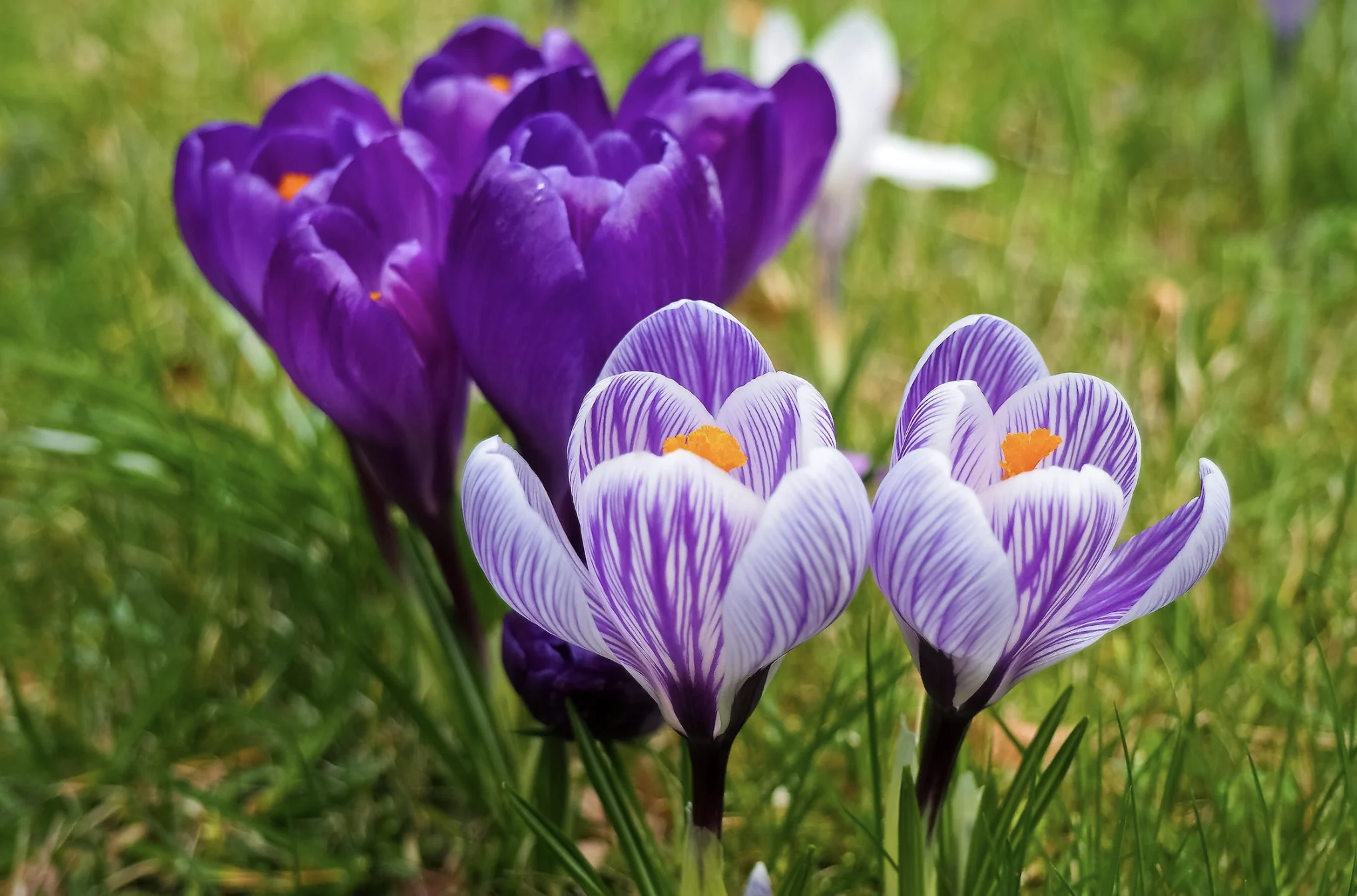
How to find the best plants for your garden
An expert provides tips on how to consciously curate your garden.
This year, plant experts are urging enthusiasts to think deeper about what they choose to plant because it can have widespread, positive effects on the ecosystem.
I spoke with Charlie Briggs, a gardener and arborist at the Royal Botanical Gardens in Burlington, Ont., and he points to research from the University of Delaware, which found more than 500 species of butterflies and moths on a native oak tree.
It's just one example of how native plants support other neighbourhood species.
Invasive vs. introduced
Not every introduced plant is invasive, Briggs says.
"Invasive species are ones that are out competing, that are pushing our native species out of our local ecosystem. But a lot of introduced species, like peonies ... they're not listed as invasive species. They're well behaved and they're safe for you to use in your garden."
The native plant movement
For thousands of years, gardening has evolved around aesthetics, but there has been a shift toward focusing on native-grown plants.
To find plants native to your area, Briggs recommends using online resources, like Hamilton, Ont.'s Pollinator Paradise website.
The WWF has teamed up with more than 100 local grocers in Ontario to help you better decipher which plants are native. A tag attached to the plants with information on the species they support is attached for easy identification.
Elsewhere in the country, you can visit the North American Native Plant Society for clues on where to find native plants.
So before you start growing this year, consider picking your plants wisely and create an environment that will help wildlife thrive.










